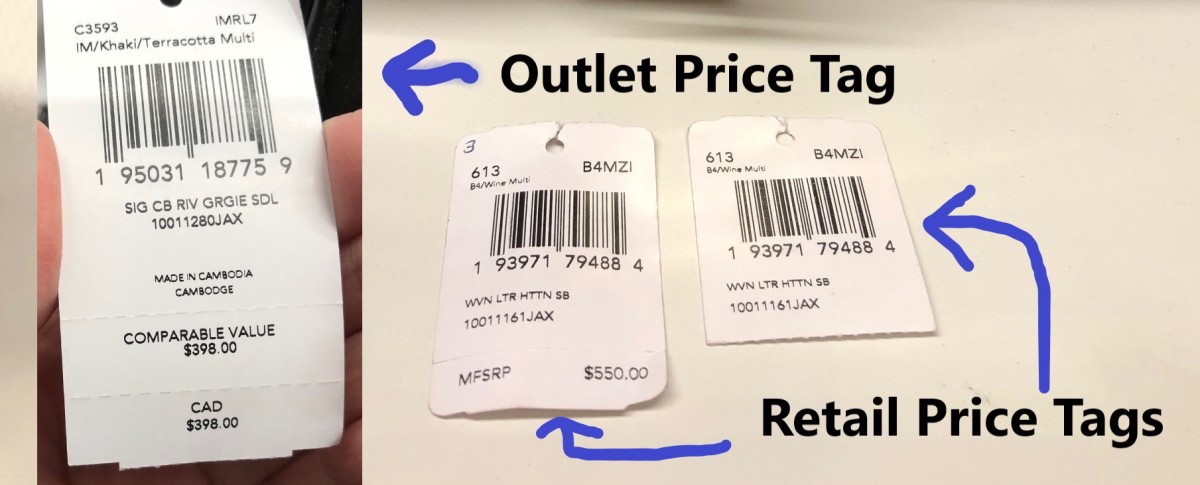My Fanny Pack

I have trouble holding on to my personal belongings. If it's not attached to me, I will lose it. I can't tell you how many scarves have simply blown away, how many gloves have been lost on walks to and from home or school. I can't tell you how many times as a child I have been brought to tears on the charge that I was careless and did not understand the value of that hand knit pair of gloves or the sweater that was forgotten at school as soon as the sun came out.
And then there's my purse. Where did I put my purse? Did I leave it in chambers or in opposing counsel's office? I have even been known to drive off using my spare key, leaving my purse and all my other keys and credentials miles away in a diner.
Nobody I know can really understand what the problem is. How hard can it be?
But the fact is that until I discovered the fanny pack, my life was a mess!
- Weird Al - White & Nerdy
The song mentions fanny packs - Fanny pack - Wikipedia, the free encyclopedia
Time versus Place
The first time I saw a fanny pack, I was on my way to a Blake's Seven convention in Newark, New Jersey. I had just gotten off the plane when I saw the first one. A woman had her purse firmly attached to her waist. How interesting! What a clever idea that woman had had. Then I saw another one. And yet another!
I went out and waited for the hotel shuttle, and everywhere outside there were people with fanny packs. This must be a strange custom that people in New Jersey have! I thought.
When I see a new product, I always tend to attribute the new idea to the first person I see using it. Then when I see that lots of people have the same product, I think it's a local custom. Only later, when I return home, do I realize that the new idea is not a function of place, but rather of time. When I returned to the DFW metroplex, people there started to put on fanny packs, too.
This mistake in interpreting new data has happened to me on a number of occasions. The fanny packs came out in the 1980s. I didn't notice the trend until I left Texas for a brief visit to New Jersey, but it's possible that people around me were already wearing them before I left, and I just didn't notice.
The first time I saw roller blades, I was visiting the campus of Rice University where I was about to become a grad student. It was the early nineties. I saw the rollerblades as a sign of intelligence among Rice students, but actually the students at Rice hadn't invented rollerblades. They were just going along with a new trend.
The first time I saw a DVD, or a DVD player, was in Taiwan. It was the turn of the 21st century, but I thought that maybe DVDs were a strange Taiwanese custom. They weren't. The sudden appearance of DVDs was a function of time and not of place.
I attribute inventions to the people who use them, because I tend to think of people as individuals, and I expect them to invent new things and to come up with new ideas. Most people I encounter, however, are just the opposite. They don't expect anyone to invent anything. They expect that all people, just like them, follow trends. When you present a new idea to them, they ask: where did you hear that? If you tell them that you thought of it yourself, they often won't believe you.
Counterfeit Products -- What a concept!
- Top Selling Counterfeit Products
Selling counterfeit products has become common practice where people flock in person at flea markets, college campuses, salons, libraries, swap meets, and at "private homes parties" where the dealer shows you...
Like all fashion trends, the fad of wearing a fanny pack had its day, and then it faded. Most of the people who joined the tail end of the fad were simply wearing fanny packs because other people were wearing fanny packs. When other people stopped wearing fanny packs, they stopped, too.
There are fashion leaders, and there are fashion followers. But I am pretty much oblivious to fashion. I was a true convert. The fanny pack solved a real problem for me.
What was the problem? I think it's a disorder of the "executive function". I can't walk and chew gum. I can't multitask. I can locate my car in a crowded parking lot, or I can engage in conversation, but I can't do both. I am good at concentrating my attention on one problem at a time. I can't keep track of my belongings and do something else at the same time. Really!
You're probably thinking, it's just a matter of skill. You could improve your skill level at multitasking. If you were really motivated, you could do it! Well, I was really motivated! As a child I was taken to task for losing things, but it never produced positive results. As an adult I had the same problem. The fanny pack solved the problem once and for all. Instead of guilt and fear, I could experience the personal pride of a human being who always knew where her things were.
There are probably other people just like me who recognized the true power of the fanny pack, and this is why it became stigmatized as the sort of thing that nerds wear. The day came when I went to Wal*Mart looking for a replacement fanny pack, and there was none. I asked a salesperson for help. I described what I wanted. I told them where they used to display the fanny packs. But the answer came back ominously: "We don't carry those anymore."
My heart fell. How would I survive without a fanny pack? With a chimpanzee riding on my back all day long, how would I keep track of my belongings? How would I avoid losing my checkbook or my driver's license or the key to the car?
Things looked grim. I had to take matters into my own hands. I went to a local seamstress and I showed her my old fanny pack, now useless from too much wear and tear. "Can you make me one just like it?" I asked.
Yes. I commissioned the making of a counterfeit fanny pack!
Now you know what that weird blue thing is around my waist in my profile picture. It's a fanny pack made of denim that I had commissioned especially for me. Am I the inventor of the fanny pack? No. But I did rip off the idea so that I could hold onto my things.
There's an economic lesson in there somewhere, but I'm not sure what it is. I welcome your interpretation of the data!
(c) 2009 Aya Katz










